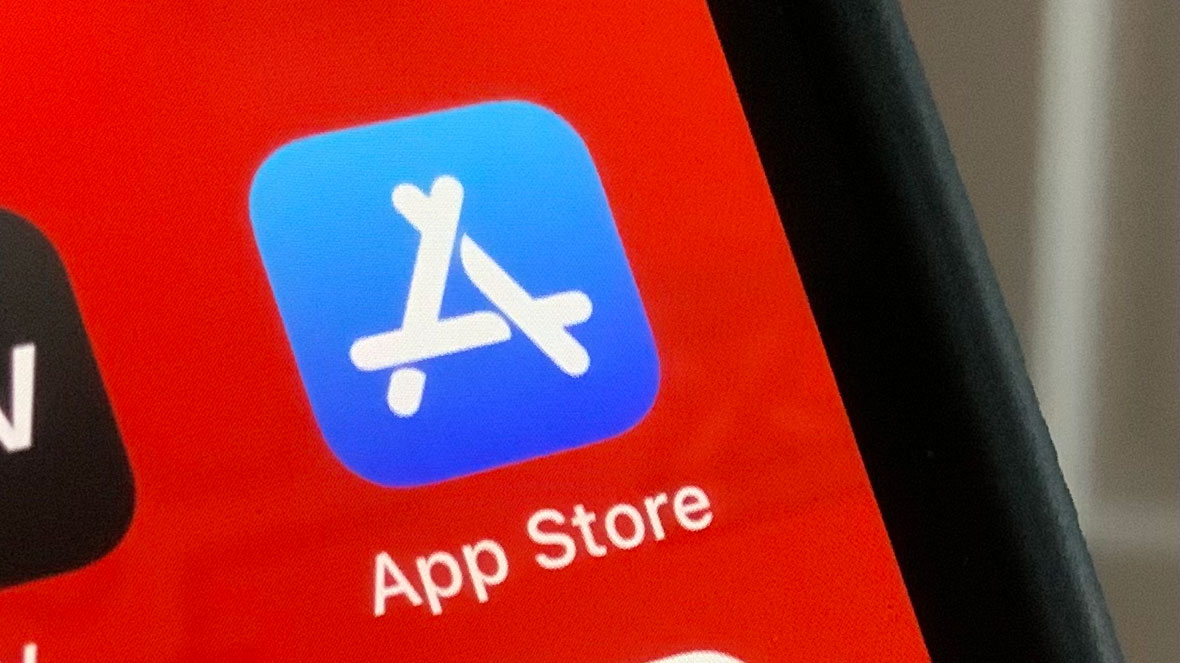
Apple is taking a significant step toward improving app discoverability on its App Store by integrating artificial intelligence (AI) technologies into its app classification system. The enhancements are currently available in the developer beta version of iOS 26, providing developers with early access to a new AI-powered tagging system designed to make it easier for users to find relevant apps.
The AI-based tagging mechanism works by automatically assigning contextually relevant labels to applications based on their content, functionality, and user engagement data. These tags aim to create a more intelligent and refined search experience within the App Store, helping users uncover apps that align more accurately with their needs and interests.
According to Apple, the new system will not only benefit users but also aid developers by boosting app visibility, especially for niche or newly launched applications that may struggle to gain exposure in a saturated market. Developers can review and suggest changes to the AI’s proposed tags, ensuring that the final categorization aligns with the app’s intended use and core features.
This move is part of a broader strategy by Apple to enhance the App Store ecosystem with modern technologies, including machine learning and natural language processing. It also reflects a growing industry trend toward personalized and intelligent digital marketplaces.
The AI-tagging feature is currently in beta testing and is expected to evolve based on developer feedback and performance metrics gathered during the beta phase. A full rollout to all users is anticipated with the public release of iOS 26 later this year.
Apple has not yet disclosed whether similar AI tagging improvements will be extended to its other digital storefronts, such as the Mac App Store or Apple TV App Store. However, given the push for more intelligent app discovery tools, broader implementation may be considered in the future.
With this development, Apple continues to position itself at the forefront of user experience innovation, ensuring that both developers and consumers reap the benefits of AI integration in everyday digital interactions.
Source: https:// – Courtesy of the original publisher.








